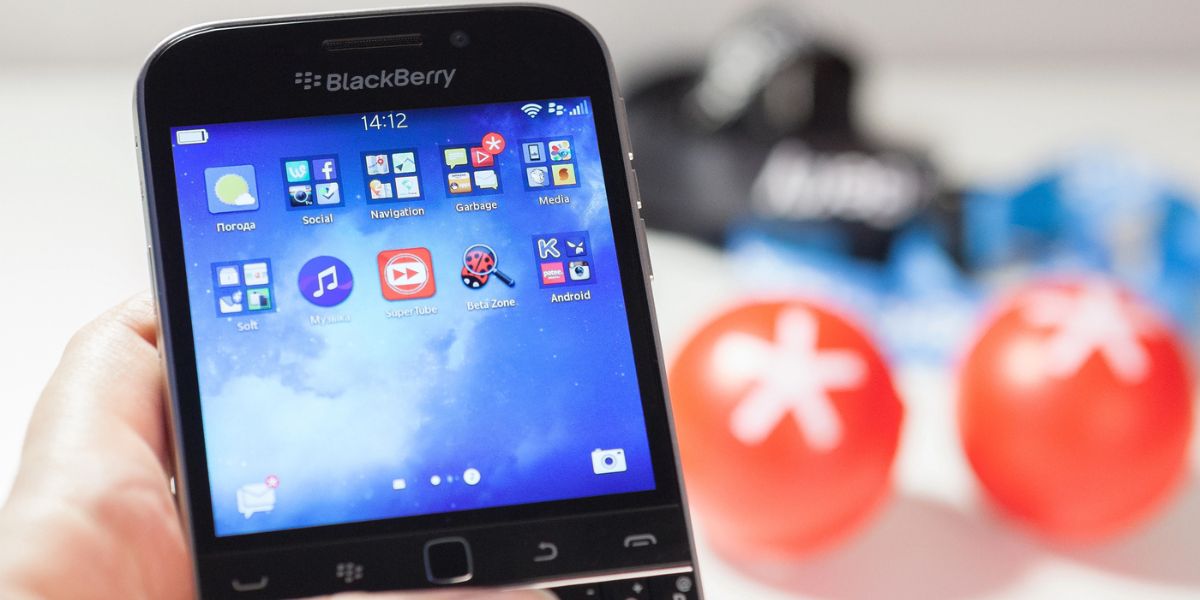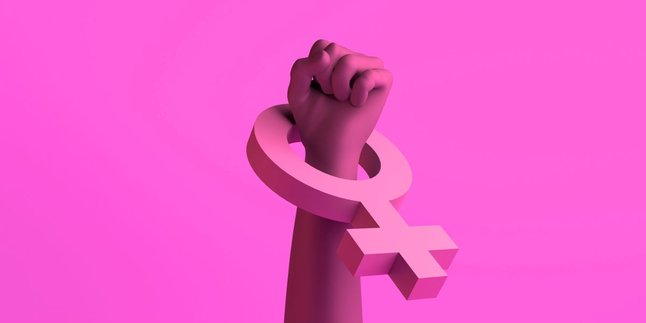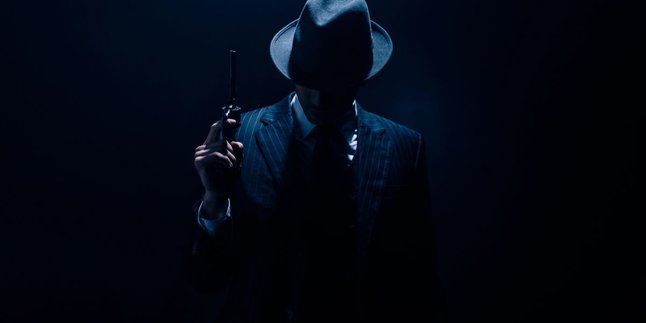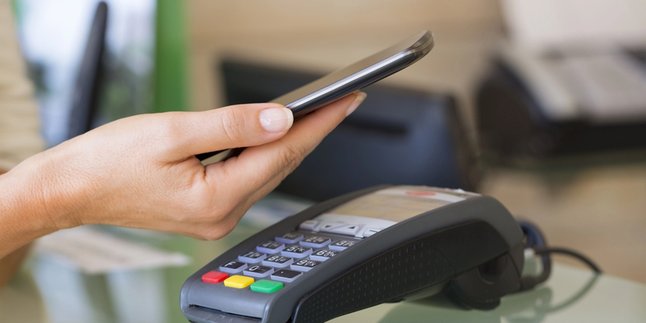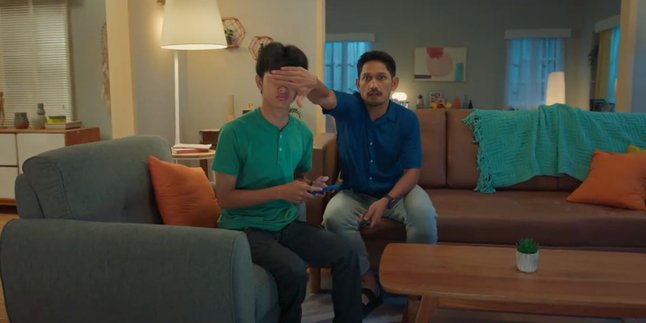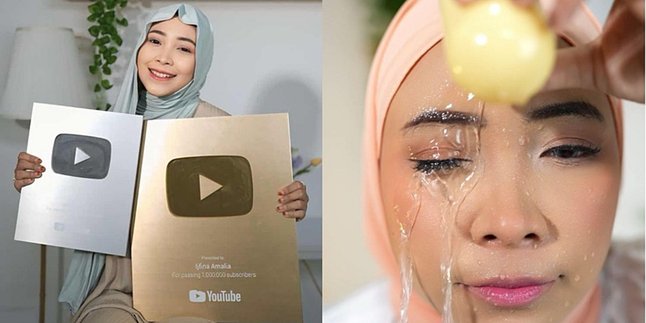Kapanlagi.com - Who doesn't miss the exciting times of the 2000s? When public phones were our means of communication and SMS was our main way to send messages. However, with the rapid advancement of technology, many things from that era can now only be remembered.
In the era of smartphones and super-fast internet, many items and habits from the 2000s have slowly disappeared from our daily lives. Let's explore 8 things that are now rarely or even no longer found in Indonesia, which will surely bring smiles and nostalgia.
1. Blackberry
In the 2000s, BlackBerry was a symbol of social status and technological innovation that was deeply ingrained among office workers, young people, and celebrities.
With its distinctive design featuring a physical QWERTY keyboard, BlackBerry offered a typing experience that was far more comfortable compared to other phones of its time.
The BlackBerry Messenger (BBM) feature became the main attraction, allowing users to send messages instantly without SMS charges.
Exchanging BB PINs became a trend of its own, and the "Ping!!!" feature was often used to grab the attention of friends who were slow to respond.
Additionally, users could set a Display Picture (DP) on BBM, update their status, and join Group Chats, all of which felt exclusive before the advent of WhatsApp and other social media.
However, as technology evolved, BlackBerry's dominance began to fade. Although it innovated with touchscreen models like the BlackBerry Torch and Z10, it lost the competition against the iPhone and Android, which offered a wider application ecosystem and a more modern user experience.
Classic issues such as slow performance, frequent self-restarts, and reliance on BlackBerry Internet Service (BIS) led many people to switch to other smartphones.
Ultimately, BlackBerry officially ceased its operating system services in 2022, marking the end of a memorable era. Now, the name BlackBerry remains just a nostalgia, reminding us of a time when fast typing with a physical keyboard was a pride of its own.
2. Motorola Razr V3
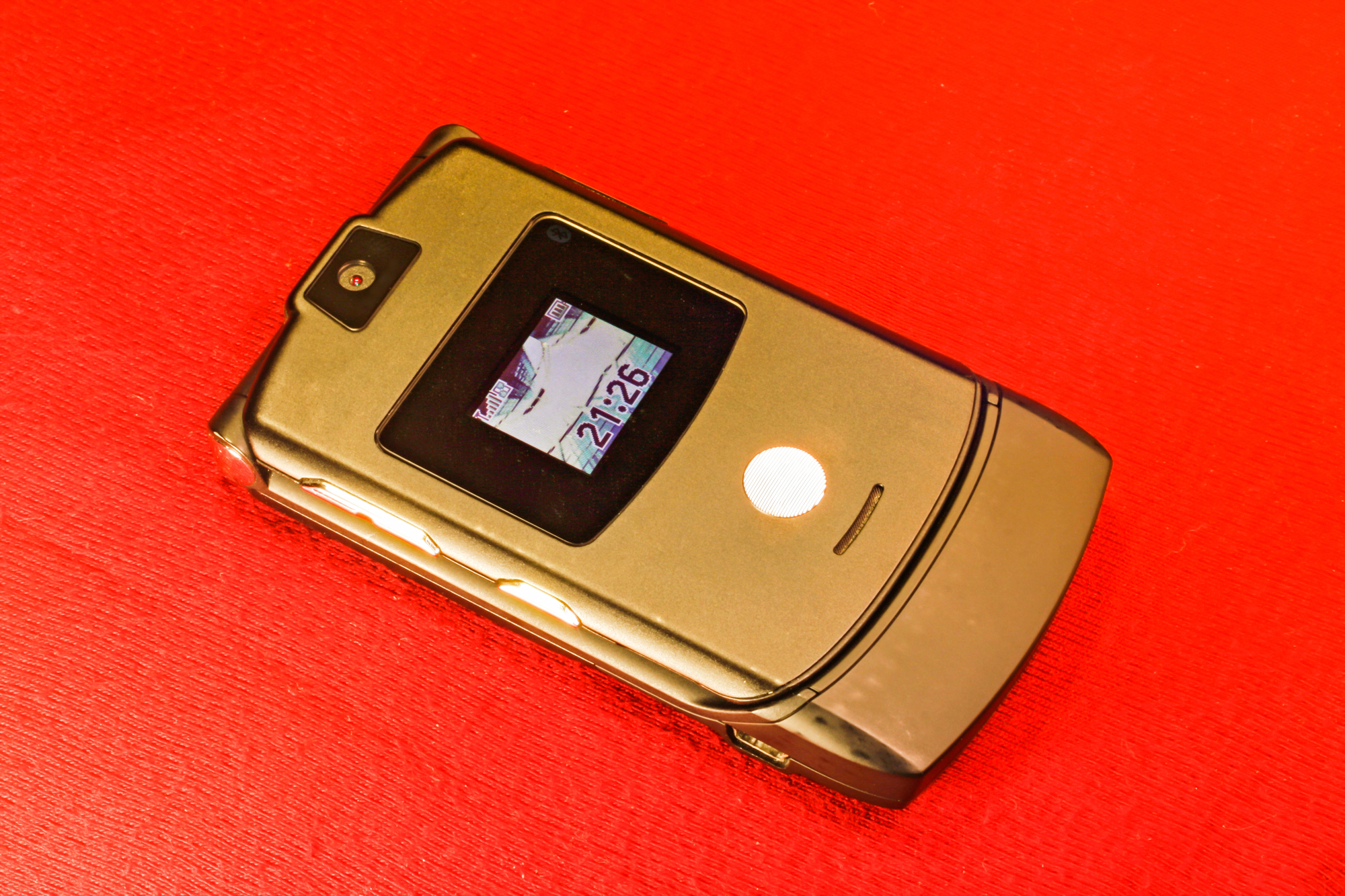
Illustration of Motorola Razr V3. (digitalsignal/DepositPhotos.com)
In the 2000s, the Motorola Razr V3 was a phone that was considered a symbol of style and luxury. With its ultra-thin flip (clamshell) design, metal body, and futuristic blue backlit keypad, the Razr V3 became a dream for many.
At that time, owning this phone felt like having a gadget from the future. The distinctive “klick” sound when opening and closing it became a unique sensation, often used to end a call with dramatic flair.
The small screen on the outside also allowed users to see notifications or who was calling without having to open the phone.
However, as touchscreen smartphones evolved, the glory of the Motorola Razr V3 began to fade. With a VGA camera, limited storage capacity, and lacking modern smartphone features, this phone was eventually overshadowed by the iPhone and Android.
3. Friendster
In the early 2000s, Friendster was the most popular social media before Facebook took over the digital world. This platform allowed users to create personal profiles with photos, bios, and testimonials from friends.
One of the most iconic features was "Testimonial," where friends could leave messages on our profiles, often containing compliments or just jokes. Additionally, users could decorate their profiles with various themes, songs, and glitter animations using simple HTML codes, making them unique and colorful.
At that time, having many "Friendster Friends" was a point of pride, with some people intentionally adding friends just to appear more popular.
4. SMS and MMS
Before the advent of WhatsApp and other instant messaging apps, communication relied on SMS and MMS, where users had to pay per message or rely on credit quotas.
SMS was used to send short texts, while MMS allowed the sending of images, sounds, or videos, though it was often expensive and not always compatible with all phones. Many people memorized abbreviations like "brp?" (how much) or "t4u" (your place) to save characters.
Cellular operators often offered free SMS packages to fellow users, making people message each other more frequently if they used the same provider.
However, with the rise of the internet and free messaging apps, SMS and MMS gradually began to be abandoned.
5. MP3 Player and iPod Classic
In the 2000s, MP3 Players and the iPod Classic became the go-to devices for portable music listening. Before streaming services like Spotify and Apple Music became popular, users had to manually download songs from sites like Limewire, 4shared, or through the process of ripping from CDs.
These songs were then transferred to the MP3 player or iPod via data cables.
The iPod Classic, with its elegant design and large storage capacity, became a symbol of the digital music trend, while MP3 players with small screens and simple navigation buttons were more affordable for many people.
Listening to music on the go became more practical thanks to these devices, until they were eventually replaced by smartphones with easier and integrated streaming services.
6. mIRC and Yahoo Messenger
In the 2000s, mIRC and Yahoo Messenger were the most popular chat platforms before WhatsApp and social media took over. mIRC was used for chatting in various channels (chatrooms) with a text-based system that allowed people to join specific communities.
Meanwhile, Yahoo Messenger was better known for its "Buzz!" feature, which could make the opponent's screen vibrate and emit a distinctive sound to grab attention.
Additionally, Yahoo Messenger also allowed users to send animated emoticons, play online games, and share photos and sounds.
Unfortunately, as social media and more sophisticated instant messaging applications developed, both platforms were gradually abandoned and eventually discontinued their services.
7. Youth Magazines and Tabloids
In the 2000s, youth magazines and tabloids like Bobo, Aneka Yess!, Kawanku, and Hai became must-read publications that were always eagerly awaited with each new edition.
Bobo was famous among children for its educational stories and iconic characters like Bona and Rong-Rong, while Aneka Yess! and Kawanku became favorites among teenagers for discussing fashion trends, love tips, and profiles of idol celebrities.
On the other hand, Hai magazine was more popular among young people who liked music, movies, and lifestyle. At that time, buying magazines at newsstands or subscribing was the primary way to obtain information and entertainment before the internet and digital media replaced their roles.
As technology evolved, many of these print magazines eventually closed or switched to online versions.
8. Public Phone Booths
Before mobile phones became common and affordable, public phones and wartels (telecommunication stalls) were the main solutions for long-distance communication.
Public phones usually used coins or special phone cards, often found on the side of the road, terminals, and stations. If longer communication or calls outside the city were needed, people would usually go to wartels, which provided phone booths for more private conversations.
Wartels were also frequently used for local and international calls, especially for those who had family abroad. However, with the decreasing prices of mobile phones and phone packages, the presence of public phones and internet cafes has slowly disappeared, leaving memories for the generation that once used them.
(kpl/mfd)
Disclaimer: This translation from Bahasa Indonesia to English has been generated by Artificial Intelligence.
